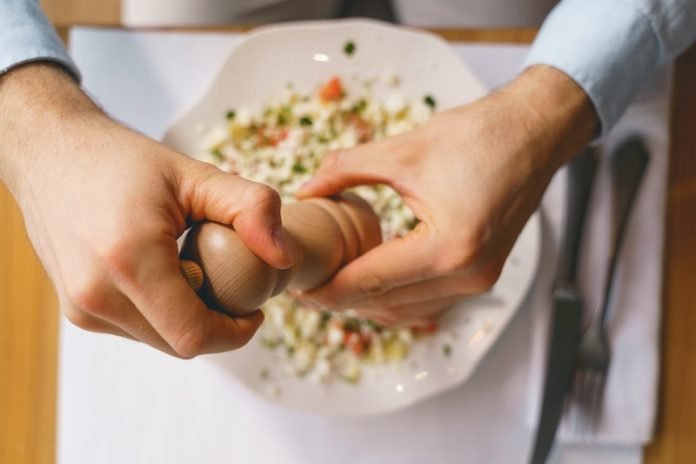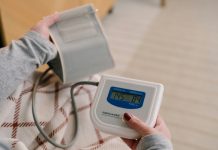
Salt intake and high blood pressure are closely related, and reducing salt intake can be an effective way to lower blood pressure.
In this article, we will explore the relationship between salt intake and high blood pressure, as well as how much sodium is recommended for those with high blood pressure, symptoms of too much sodium, and how quickly reducing salt can lower blood pressure.
Does sodium immediately affect blood pressure?
Yes, sodium can have an immediate effect on blood pressure. When we consume high amounts of salt, it can cause the body to retain water, which increases blood volume and raises blood pressure.
This effect can occur within a few hours of consuming a high-salt meal.
How much sodium should you eat if you have high blood pressure?
The American Heart Association recommends that individuals with high blood pressure should consume no more than 1,500 milligrams of sodium per day.
This is lower than the general recommended intake of 2,300 milligrams per day for adults.
What are symptoms of too much sodium?
Consuming too much sodium can lead to a variety of symptoms, including:
- Swelling in the hands, feet, or ankles
- Bloating
- Fatigue
- Headaches
- Thirst
- High blood pressure
How quickly does reducing salt lower blood pressure?
Reducing salt intake can lead to a reduction in blood pressure within just a few weeks. Studies have shown that decreasing sodium intake by as little as 1,000 milligrams per day can result in a decrease in blood pressure.
How can I flush sodium out of my system fast?
One way to flush sodium out of the system is to increase water intake. Drinking more water can help to dilute sodium in the bloodstream and promote urination, which can help to eliminate excess sodium from the body.
How long after eating salt does blood pressure rise?
Blood pressure can rise within a few hours of consuming a high-salt meal. However, the duration of the rise in blood pressure can vary depending on factors such as overall health and the amount of salt consumed.
Does drinking water lower sodium?
Drinking water can help to flush sodium out of the system, but it does not lower sodium levels directly. Water intake can help to increase urination and promote the elimination of excess sodium from the body.
Reducing salt intake is an important part of managing high blood pressure.
Consuming too much sodium can have immediate effects on blood pressure, and reducing sodium intake can lead to a decrease in blood pressure within a few weeks.
The American Heart Association recommends that individuals with high blood pressure consume no more than 1,500 milligrams of sodium per day.
Drinking more water can also help to flush sodium out of the system and promote healthy blood pressure levels.
If you are concerned about your sodium intake or blood pressure levels, it is important to speak with a healthcare provider.
If you care about high blood pressure, please read studies about the best time to take high blood pressure drugs, and scientists find new way to treat high blood pressure.
For more information about health, please see recent studies that Beetroot juice could help lower high blood pressure, and results showing this common plant nutrient could help reduce high blood pressure.
Copyright © 2023 Knowridge Science Report. All rights reserved.



